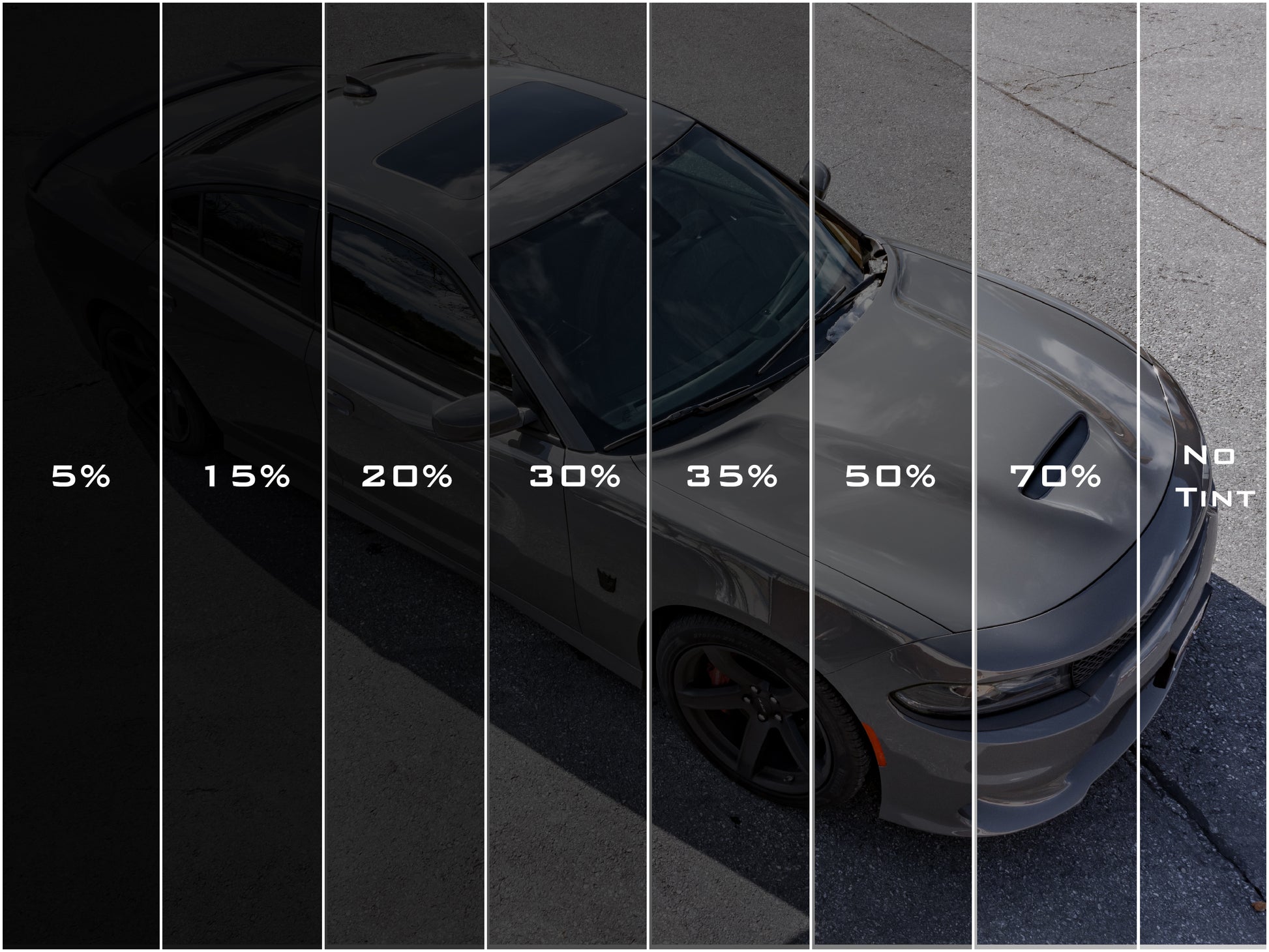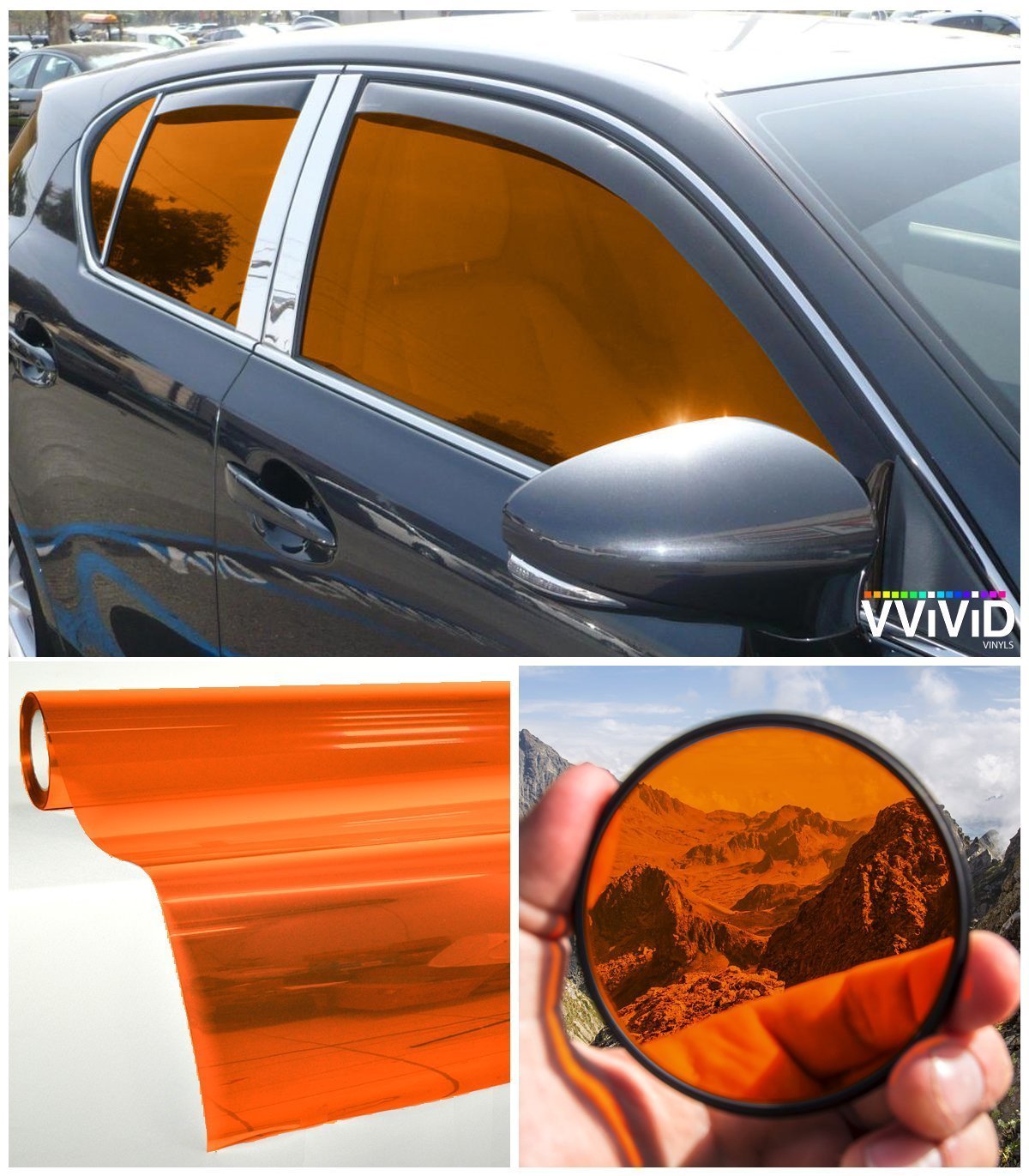Exactly How Auto Window Tinting Can Increase the Resale Worth of Your Cars and truck
Exactly How Auto Window Tinting Can Increase the Resale Worth of Your Cars and truck
Blog Article
Window Tinting Laws and Guidelines: What You Required to Know Prior To Tinting Your Automobile
Prior to waging window tinting for your car, it is vital to acquaint yourself with the varied legislations and guidelines that govern this practice throughout different states. These guidelines determine the permitted levels of tint darkness, usually determined by noticeable light transmission (VLT) percentages, and consist of specific stipulations for front windshields targeted at making certain roadway safety and security. Furthermore, particular territories may provide medical exemptions for individuals with certifying conditions. Understanding these complexities can save you from possible legal implications, yet what are the certain regulations in your state?
Overview of Home Window Tinting Regulations
Home window tinting legislations are regularly subject to variant throughout various jurisdictions, showing local regulations and safety and security factors to consider. These regulations dictate the permitted levels of color darkness and reflectiveness on automobile windows, guaranteeing that drivers keep sufficient presence while additionally securing versus unsafe UV rays and heat.
Many guidelines classify home window tinting based upon the Visible Light Transmission (VLT) percentage, which indicates the quantity of light that can go through the window. Typically, lower VLT portions indicate darker tints. Regulations typically set apart in between the front, side, and rear windows, with more stringent restrictions used to the front windscreen to boost security for both the chauffeur and other road users.
Compliance with window tinting policies is essential, as violations can result in fines, obligatory removal of the color, and prospective increases in insurance coverage premiums. It is vital for vehicle owners to acquaint themselves with regional laws prior to continuing with home window tinting installments.
State-by-State Color Rules
Comprehending the details home window tinting guidelines in each state is essential for car proprietors looking for to abide by the law. Each state in the united state has developed its own set of policies regulating home window tinting, which can differ dramatically. These guidelines frequently determine the allowable levels of tint darkness, the sorts of home windows that can be tinted, and any type of clinical exemptions that may use.
For instance, states like California have rigorous limitations on color darkness for front home windows, while others, such as New Mexico, might permit darker tints. Furthermore, specific states mandate specific presence portions for various home windows, including the windscreen, front side windows, and back windows. It is vital for vehicle owners to familiarize themselves with their state's regulations to avoid possible penalties or penalties.
Moreover, some states may require an accreditation sticker to be put on colored home windows, suggesting conformity with state laws. Failing to follow these regulations not only takes the chance of lawful repercussions yet can also influence safety and security and exposure while driving. Lorry owners should conduct complete research or speak with local authorities to guarantee full understanding and compliance with state-by-state tint laws.
Allowed Color Kinds and levels
Many automobile proprietors might be shocked to discover that permitted tint levels and kinds differ commonly throughout different states. Each state has actually established its very own regulations pertaining to the permissible darkness and reflectivity of home window color, typically measured by Visible Light Transmission (VLT) portions. VLT refers to the amount of light that can go through the colored home windows; thus, a lower portion indicates a darker color.

Additionally, the kinds of color materials enabled can differ, with some states forbiding mirror-like or metallic coatings. It is vital for lorry proprietors to familiarize themselves with their state's certain laws to ensure conformity. Non-compliance can lead to penalties, obligatory elimination of the tint, or various other legal effects, making it necessary to recognize these guidelines before proceeding with installment.
Medical Exceptions for Tinting
While not all states offer allowances for clinical exceptions pertaining to window tinting, best site those that do identify the requirement for particular people to enhance presence and convenience as a result of medical conditions. Numerous clinical problems, such as lupus, skin cancer cells, and particular eye problems, can provide individuals especially conscious sunlight. These people might additional info need darker colors to safeguard themselves from damaging UV rays and glare.

It is necessary to note that despite a medical exception, there may still be restrictions on the level of color allowed. Conformity with state legislations makes certain that individuals are both secured and within legal limits. Those thinking about clinical exceptions should call their neighborhood Division of Electric motor Automobiles or equal authority to recognize the requirements and treatments needed to get an exemption efficiently.
Penalties for Non-Compliance
Stopping working to adhere to home window tinting laws can result in substantial penalties, which vary by state. Police are encouraged to issue citations for cars that do not abide by the specified tinting laws. These fines normally include penalties, which can vary from modest total up to numerous hundred bucks, depending upon the intensity of the infraction and the state concerned.
In some jurisdictions, repeated offenses may lead to intensifying penalties or additional fines, such as mandatory court appearances. Moreover, non-compliance might require the removal of prohibited tinting, often at the owner's expense. In severe instances, regular offenders might face suspension of their lorry enrollment until conformity is achieved.
Furthermore, insurance policy ramifications might develop from getting multiple citations for window color infractions. Insurers may view such infractions as a sign of riskier behavior, possibly resulting in boosted premiums or problem in insurance coverage.
To prevent these charges, it is vital for automobile owners to acquaint themselves with their local window tinting legislations and ensure that their automobile complies (Window Tinting). This aggressive strategy not only avoids lawful ramifications yet additionally promotes road safety and security
Verdict

Most laws identify home window tinting based on the Visible Light Transmission (VLT) portion, which suggests the amount of light that can pass via the window. Compliance with home window tinting regulations is essential, as violations can result in penalties, necessary elimination of the color, and possible increases in insurance policy costs.Understanding the specific home window tinting laws in each state is vital for car proprietors seeking to comply with the law. These policies commonly determine the allowed levels of color darkness, the kinds of windows directory that can be tinted, and any type of medical exemptions that may use.
For instance, states like California have strict constraints on color darkness for front home windows, while others, such as New Mexico, might allow darker colors.
Report this page